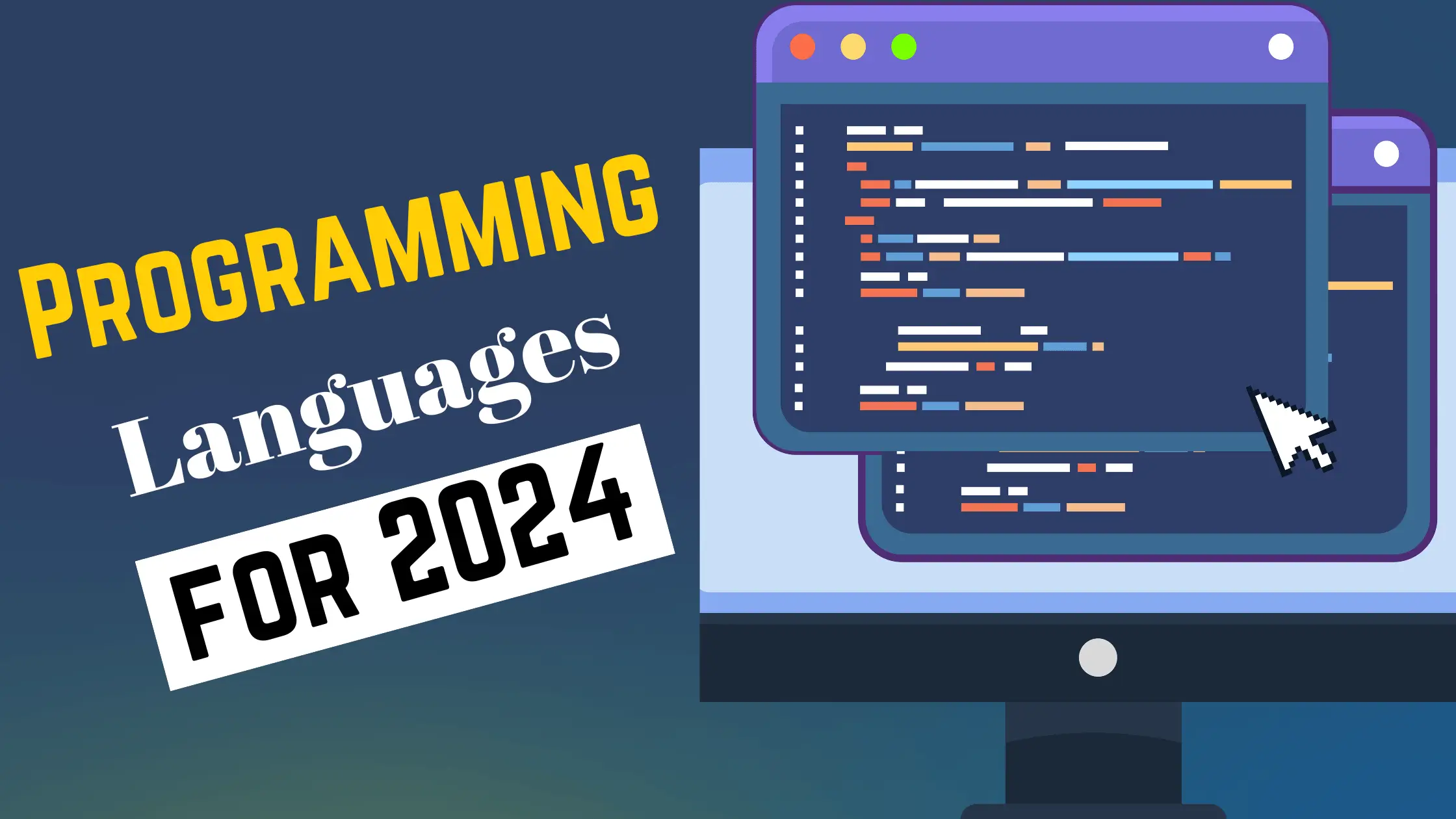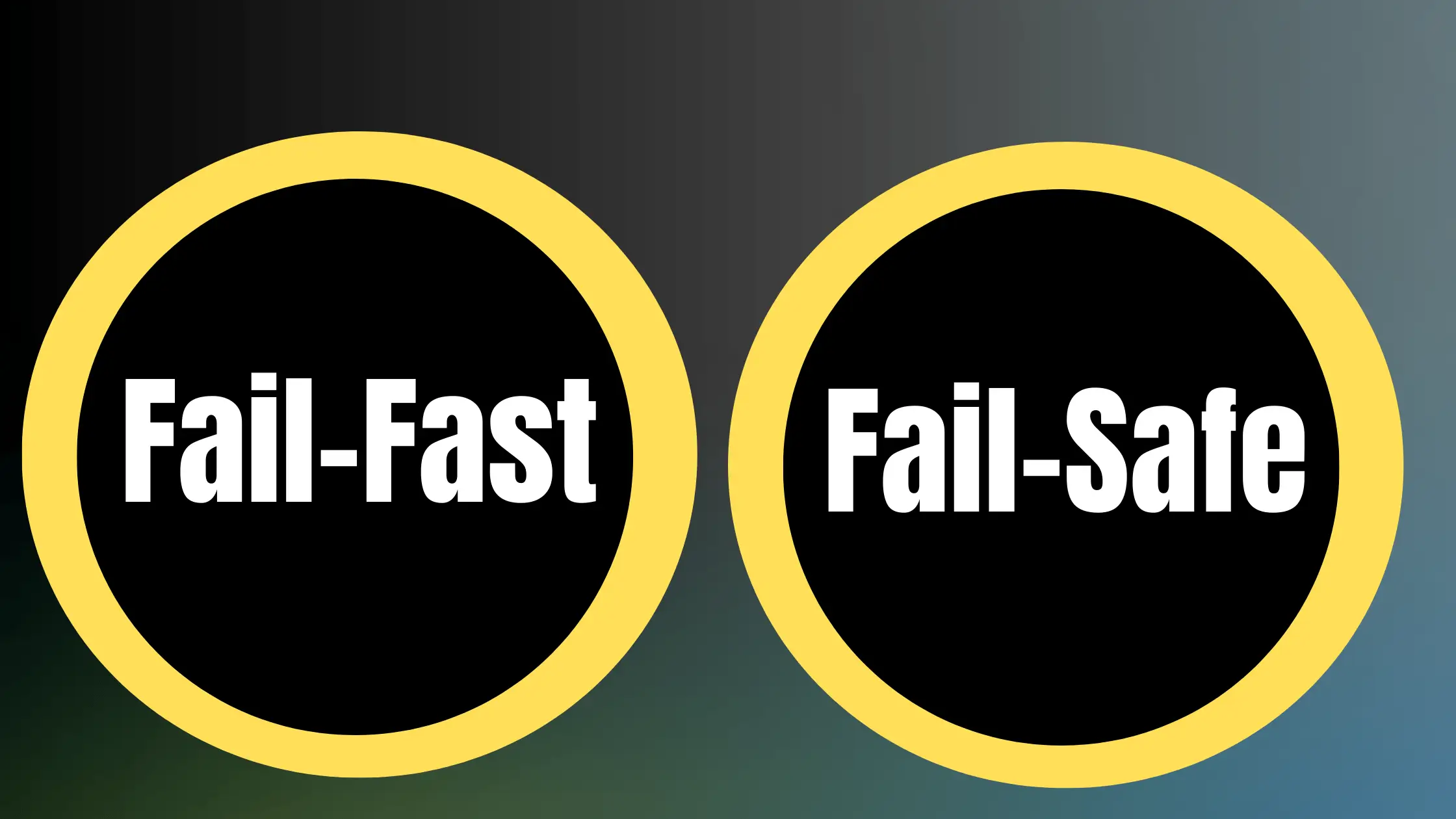Understanding the Role of a Project Manager
A Project Manager is a professional who is responsible for planning, executing, and closing projects while ensuring that the project objectives are met within the specified constraints of time, budget, and scope. They play a vital role in the successful completion of projects across various industries, including software development, construction, and manufacturing.
Key Responsibilities of a Project Manager
- Defining Project Scope: A Project Manager works closely with stakeholders to define the project scope, including the objectives, deliverables, and requirements. They ensure that the project scope is clearly documented and communicated to all relevant parties.
- Planning and Scheduling: Project Managers develop comprehensive project plans that outline the tasks, milestones, and dependencies involved in the project. They create detailed schedules, allocate resources, and establish timelines to ensure that the project progresses as planned.
- Risk Management: Identifying and mitigating potential risks is a crucial responsibility of a Project Manager. They assess risks, develop contingency plans, and proactively address issues that may impact the project’s success.
- Team Management: Project Managers lead and coordinate project teams, assigning tasks, monitoring progress, and facilitating communication among team members. They ensure that team members have the necessary resources and support to complete their tasks effectively.
- Stakeholder Communication: Effective communication with stakeholders is a key aspect of a Project Manager’s role. They regularly update stakeholders on project progress, address concerns, and manage expectations to maintain alignment and support.
- Budget Management: Project Managers are responsible for managing the project budget, tracking expenses, and ensuring that the project stays within the allocated financial resources. They make informed decisions to optimize costs and maximize value.
- Quality Assurance: Ensuring the quality of project deliverables is a critical responsibility of a Project Manager. They establish quality standards, monitor adherence to these standards, and implement necessary corrective actions to maintain the desired level of quality.
Skills and Qualifications of a Project Manager
To be an effective Project Manager, individuals should possess a combination of technical, managerial, and interpersonal skills. Some of the essential skills and qualifications include:
- Strong leadership and communication skills
- Proficiency in project management methodologies and tools
- Ability to manage multiple tasks and priorities simultaneously
- Analytical and problem-solving skills
- Knowledge of risk management techniques
- Familiarity with budgeting and financial management
- Certification in project management (e.g., PMP, PRINCE2)
Understanding the Role of a Release Train Engineer
A Release Train Engineer (RTE) is a role specific to the Scaled Agile Framework (SAFe), a popular framework for scaling agile practices in large organizations. The RTE is responsible for facilitating the execution of the Agile Release Train (ART), which is a long-lived team of Agile teams that delivers value incrementally and continuously.
Key Responsibilities of a Release Train Engineer
- Facilitating ART Execution: The RTE facilitates the planning, execution, and delivery of the ART. They ensure that the ART operates effectively, follows SAFe principles, and delivers value in accordance with the organization’s goals and objectives.
- Program Increment (PI) Planning: The RTE leads the PI planning process, which is a structured event where the ART comes together to align on the goals, features, and dependencies for the upcoming program increment. They facilitate the collaborative planning and decision-making process.
- Coordination and Synchronization: The RTE coordinates and synchronizes the work of multiple Agile teams within the ART. They ensure that the teams are aligned, dependencies are managed, and impediments are resolved to maintain the flow of value delivery.
- Continuous Improvement: The RTE is responsible for driving continuous improvement within the ART. They facilitate retrospectives, identify areas for improvement, and implement changes to enhance the efficiency and effectiveness of the ART.
- Stakeholder Engagement: The RTE engages with key stakeholders, including product management, system architects, and other ARTs, to ensure alignment and coordination across the organization. They communicate the ART’s progress, challenges, and achievements to relevant stakeholders.
- Coaching and Mentoring: The RTE serves as a coach and mentor to the Agile teams within the ART. They provide guidance, support, and feedback to help teams improve their agile practices and deliver value more effectively.
Skills and Qualifications of a Release Train Engineer
To be an effective Release Train Engineer, individuals should possess a combination of technical, agile, and leadership skills. Some of the essential skills and qualifications include:
- Deep understanding of SAFe principles and practices
- Strong facilitation and coaching skills
- Ability to lead and motivate cross-functional teams
- Knowledge of agile methodologies (e.g., Scrum, Kanban)
- Excellent communication and stakeholder management skills
- Problem-solving and conflict resolution abilities
- Certification in SAFe (e.g., SAFe Program Consultant, SAFe Release Train Engineer)
Major Differences between Project Manager and Release Train Engineer
While both Project Managers and Release Train Engineers play important roles in project execution and delivery, there are significant differences between the two roles. Let’s explore the major differences in terms of scope, focus, and responsibilities.
Scope and Context
- Project Manager: A Project Manager typically manages individual projects with defined start and end dates. They are responsible for delivering the project within the specified scope, time, and budget constraints.
- Release Train Engineer: A Release Train Engineer operates within the context of the Scaled Agile Framework (SAFe) and is responsible for facilitating the execution of an Agile Release Train (ART). The ART is a long-lived team of Agile teams that delivers value incrementally and continuously.
Focus and Approach
- Project Manager: Project Managers focus on the overall project management aspects, including planning, scheduling, resource allocation, risk management, and stakeholder communication. They follow traditional project management methodologies and practices.
- Release Train Engineer: Release Train Engineers focus on facilitating the execution of the ART and ensuring the smooth flow of value delivery. They emphasize agile principles, continuous improvement, and collaboration among Agile teams. They follow the SAFe framework and its associated practices.
Team Coordination and Synchronization
- Project Manager: Project Managers coordinate and manage project teams, assigning tasks, monitoring progress, and ensuring that team members have the necessary resources and support to complete their work effectively.
- Release Train Engineer: Release Train Engineers coordinate and synchronize the work of multiple Agile teams within the ART. They ensure that the teams are aligned, dependencies are managed, and impediments are resolved to maintain the flow of value delivery.
Planning and Execution
- Project Manager: Project Managers develop comprehensive project plans that outline tasks, milestones, and dependencies. They create detailed schedules and allocate resources to ensure that the project progresses as planned.
- Release Train Engineer: Release Train Engineers facilitate the Program Increment (PI) planning process, where the ART comes together to align on the goals, features, and dependencies for the upcoming increment. They focus on enabling the ART to deliver value incrementally and continuously.
Stakeholder Engagement
- Project Manager: Project Managers engage with stakeholders to define project scope, manage expectations, and provide regular updates on project progress. They serve as the primary point of contact for stakeholders regarding the project.
- Release Train Engineer: Release Train Engineers engage with key stakeholders, including product management, system architects, and other ARTs, to ensure alignment and coordination across the organization. They communicate the ART’s progress, challenges, and achievements to relevant stakeholders.
Continuous Improvement
- Project Manager: Project Managers focus on delivering the project within the defined scope, time, and budget constraints. While they may identify areas for improvement, their primary focus is on project execution and delivery.
- Release Train Engineer: Release Train Engineers are responsible for driving continuous improvement within the ART. They facilitate retrospectives, identify areas for improvement, and implement changes to enhance the efficiency and effectiveness of the ART.
Collaboration between Project Managers and Release Train Engineers
While Project Managers and Release Train Engineers have distinct roles and responsibilities, they can collaborate effectively to ensure the success of projects and the overall organization. Here are some ways in which they can work together:
- Aligning Project Goals with ART Objectives: Project Managers can collaborate with Release Train Engineers to ensure that individual project goals align with the overall objectives of the ART. This alignment helps in prioritizing and delivering value that contributes to the organization’s strategic goals.
- Coordinating Dependencies: Project Managers and Release Train Engineers can work together to identify and manage dependencies between projects and ARTs. By coordinating dependencies, they can ensure smooth integration and minimize risks that may impact the delivery of value.
- Sharing Best Practices: Project Managers and Release Train Engineers can share best practices and lessons learned from their respective domains. This knowledge sharing can lead to improved processes, increased efficiency, and better outcomes for both projects and ARTs.
- Collaborative Problem-Solving: When challenges or impediments arise, Project Managers and Release Train Engineers can collaborate to find solutions. By leveraging their combined expertise and perspectives, they can address issues more effectively and maintain the flow of value delivery.
- Stakeholder Communication: Project Managers and Release Train Engineers can coordinate their communication efforts to provide a comprehensive view of project and ART progress to stakeholders. This collaboration ensures that stakeholders receive consistent and accurate information, fostering trust and transparency.


![Top 8 DSA Project Ideas in 2024 [With Source Code]](https://evuzzo.com/wp-content/uploads/2024/05/DSA-Project-Ideas-in-2024.png)


![Top 15 Software Engineer Projects 2024 [Source Code]](https://evuzzo.com/wp-content/uploads/2024/04/Top-15-Software-Engineer-Projects-2024-Source-Code.webp)

